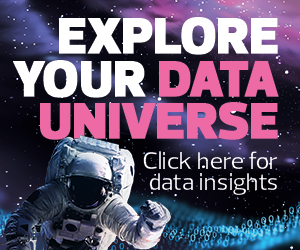Governance Simplifies Compliance with Higher Ed Data Regulations
The governance that modern data platforms offer separates them from legacy data architectures. A modern platform can simplify and unify an organization’s data environment, enabling streamlined governance and security. By providing clear visibility into an organization’s data, a modern data platform enables administrators to precisely control access, making sure authorized users can employ analytics features while securing data from an unauthorized compromise.
Effective data governance also simplifies and enhances compliance with data safety and privacy regulations. In higher education, the Family Educational Rights and Privacy Act requires institutions to retain certain data, and institutions also must ensure they are complying with a number of other local, state and federal laws. The governance capabilities that a modern data platform offers can be particularly valuable in a frequently changing compliance environment that often challenges institutions to keep pace.
“A modern data platform helps organizations manage their data flexibly,” Washburn says. “As regulations change around data, governance and compliance, they’re able to comply with those regulations.”
LEARN MORE: What is CEDS and what does it have to do with data governance?
Combining the Benefits of Data Analytics and the Cloud
Modern data platforms provide cloud-based management of a college’s data, delivering elastic scalability and modularity. When users can find the data they need quickly and easily, their analytics efforts become less burdensome and more likely to yield the results they’re looking for.
The ability to provide data analytics capabilities to all users in an institution — not only data scientists or IT staff — is an essential element of the modern data platform. But if universities are going to make data available to all users, they must ensure that the right data governance rules are in place and that those rules are enforced. Modern data platforms achieve this objective.
“The technology is so advanced that an IT team can literally open up the entire data store to anybody while making sure they don’t have access to data they’re not supposed to see,” says Christopher Marcolis, head of analytics and data governance for CDW. “It creates a very open and collaborative data landscape where people actually can evaluate things.”
Ultimately, a modern data platform can help an institution align its analytics efforts to its overall strategy, embed analytics into processes and decision-making, and help the university more effectively achieve its goals.
UP NEXT: Learn how to realize the benefits of hybrid cloud environments.












